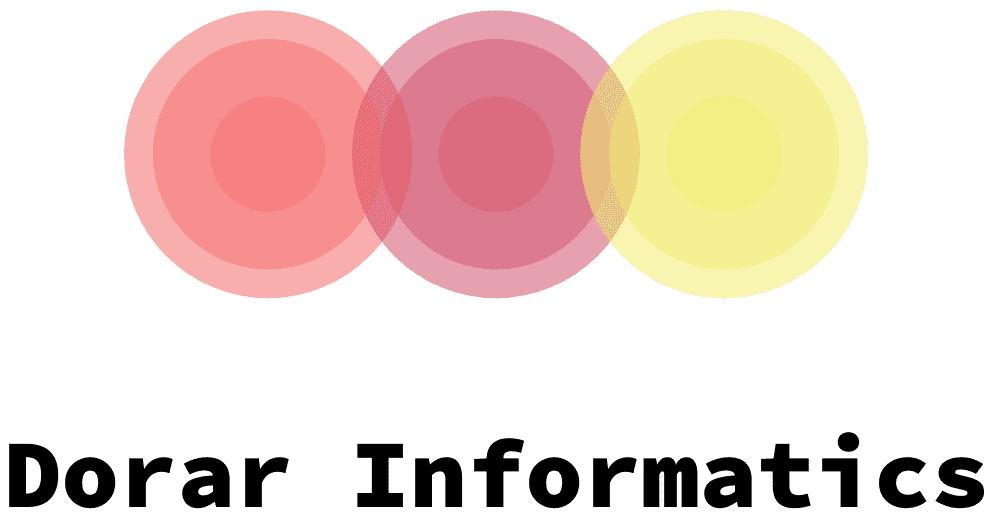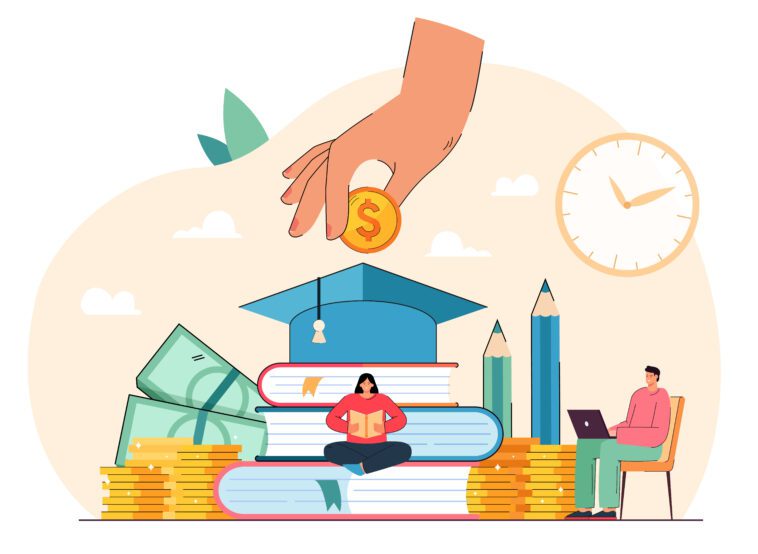The Federal Student Loan Program (FSLP) is a program that provides a variety of loans and grants to students, as well as faculty and staff at accredited institutions of higher learning. It is intended to help students obtain access to higher education, and it is the largest source of funding for students in the United States. In fact, 70 percent of graduates from higher education programs used student loans to pay for their education in 2018.
Interest rates
Interest rates on federal student loans have been fluctuating for the past several years. The Bipartisan Student Loan Certainty Act of 2013 changed the rates. The new rate will go into effect July 1 for the new school year.
The rate on undergraduate loans is fixed, while graduate loans are variable. The rate for both types is based on the 10-year Treasury bill. The amount of interest is added to the principal balance when the repayment period begins. For graduate loans, the additional percentage is 3.25%.
The federal student loan interest rate is based on the yield of the 10-year U.S. Treasury note. The Federal Reserve raised the federal funds rate by 25 basis points in March. It also increased the yield on the 10-year Treasury note. It was a response to rapid inflation.
The current federal student loan interest rate is a low 4.99%. For the next school year, the rate is expected to go up to 6.54%. This increase is due to the Bipartisan Student Loan Certainty Act of 2013.
The rate for subsidized loans is different than the unsubsidized loan. During the grace period, subsidized loans are not subject to interest. However, for students taking longer than six years to finish a four-year program, they lose the in-school interest subsidy.
The newest interest rate for direct subsidized loans will go into effect on July 1. For the 2012-13 academic year, the interest rate is 3.4%.
The rates on the Federal PLUS loan are 7.54%. The rates for the direct unsubsidized loans for graduate students will be 6.28% and 4.53% for the 2020-2021 and 2021-2022 academic years, respectively.
Direct PLUS Loans
Direct PLUS loans are a form of educational assistance that parents can use to cover the cost of their child’s education. These loans are unsubsidized and have a higher interest rate than other federal student loans. However, they are available regardless of a parent’s income or assets.
Parents can choose from a variety of repayment plans, such as standard or graduated. Additionally, they may request to defer payments while their child is attending school. This option, called in-school deferment, is available for Direct PLUS Loans.
Parents can also choose to refinance their existing loans to lower the amount of money they’ll have to pay. These loans can be converted to a new private loan, which can offer more favorable terms and help you bridge the gap between your federal loans and your other financial needs.
If you have any questions about PLUS Loans, contact your school’s financial aid office. They can give you additional information on this important federal financial aid program.
The maximum length of a PLUS loan is determined by the total estimated cost of attendance for the academic year. It will vary from ten years to thirty. The interest rate is fixed for the lifetime of the loan.
Borrowers are required to fill out a FAFSA, or Free Application for Federal Student Aid. Once their application is approved, the school will disburse the loan funds. The first payment is due within sixty days after the loan has been disbursed.
The Department of Education offers a wealth of information on Direct Loans. The information includes a Plain Language Disclosure, which explains the benefits and drawbacks of each type of loan.
Direct Consolidation loans
If you have multiple federal student loans, you may be interested in consolidating them. This can simplify your loan repayment and help you save time. You’ll also have a single monthly payment to make to one lender.
The Direct Consolidation Loan program is a great way to combine federal student loans and make them eligible for many different repayment plans. You can choose from graduated, extended or income-driven plans.
When considering a consolidation, it’s important to weigh your options. The best option for you will depend on your needs, but you may have a better chance of saving money with a lower interest rate. You’ll also have more options for repayment, allowing you to choose an income-driven plan that suits your budget.
The Direct Consolidation Loan application is simple to complete. You will need to enter information such as your Social Security number and address. The process takes around 30 minutes or less. The application also allows you to include a note on a grace period you’re enjoying.
You’ll also have the option to select a servicer of your choice. You can even choose to refinance an existing private student loan. The rate on a consolidation loan might be a bit higher than your current rate, but that’s OK. Besides, you’ll get a new loan that’s repaid in a shorter amount of time.
While it’s true that a Direct Consolidation Loan offers several benefits, there are also some disadvantages. For example, you will lose some of your benefits, such as loan cancellation benefits and interest rate discounts. However, you should also consider the cost of paying for a consolidation.
School-channel loans
Federal student loans are provided by the government to help finance education. They can be subsidized or unsubsidized, depending on the borrower’s financial need. The federal interest rate is usually lower than the interest on a private loan.
In addition, students have six months of deferment for repayment. Once students drop below half-time enrollment, repayment begins. However, if they are in school and receive a Direct Unsubsidized loan, the government pays the interest during this time.
There are other kinds of funds that can be used for education, such as scholarships, college grants, or lower-interest loans. The federal government is also responsible for a variety of loan forgiveness programs. These include the Federal Perkins loan, which is a grant for books and tuition. The Federal Perkins is awarded to undergraduate students with exceptional financial need.
There are other types of private educational loans, which are not covered under the Federal Direct Lending program. They are offered by finance companies and banks. They may be offered as a line of credit or a fixed rate loan. The interest rate may increase over the life of the loan.
Most lenders prefer to send funds directly to the school. When the school receives the funds, they will allocate the money to pay for the student’s tuition. They will also send extra funds to cover indirect costs. These could be for dorm fees or meal plans.
The school must sign off on the loan amount. They must ensure that it does not exceed the cost of attendance. If the loan is above the cost of attendance, the school will return any funds. If the loan is below the cost of attendance, the school will contact the student to reduce the amount.
Three-year default
In the first half of fiscal year 2011, the federal three-year cohort default rate was 13.7 percent. The national average was 7.3 percent.
The Department of Education (ED) recently released data on federal student loan defaults. The numbers represent a drop in the default rates and a decrease in the percentage of student loans that went into default. However, borrowers’ credit reports remain active and they’re still not able to apply for additional federal student aid.
In order to better understand what students take into default, the government has collected data on how many borrowers have gone into default within the last three years. This report will help the government evaluate its policies regarding federal student loan defaults.
The report breaks down the data into two sections. The first examines the effects of default on students. The second section simulates the effects of default.
A three-year default on federal student loans is when a borrower fails to make payments on his or her federal student loan for 270 days. After 270 days, the entire unpaid balance of the loan becomes immediately due.
The Department of Education has calculated the three-year CDR for nearly forty years. The formula has changed a few times, but it’s still been a useful tool for assessing the rate of loan defaults and measuring the performance of colleges and universities.
The report also analyzes new data from the National Center for Education Statistics (NCES). The NCES data collects student loan information from over 13 years of loan performance, which should answer questions about the length of the default and what borrowers can do to exit it.

